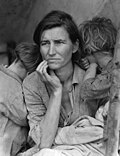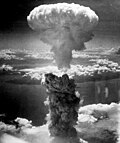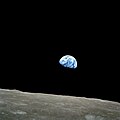This article relies largely or entirely on a single source .(March 2019) |
 Front Cover | |
| Author | Editors of Life |
|---|---|
| Language | English |
| Published | August 1, 2003 (Time, Inc.) |
| Publication place | United States |
| Media type | Print (hardback) |
| ISBN | 1-931933-84-7 |
Life: 100 Photographs that Changed The World is a book of photographs, that are believed to have pushed towards a change, accumulated by the editors of Life magazine in 2003.




















